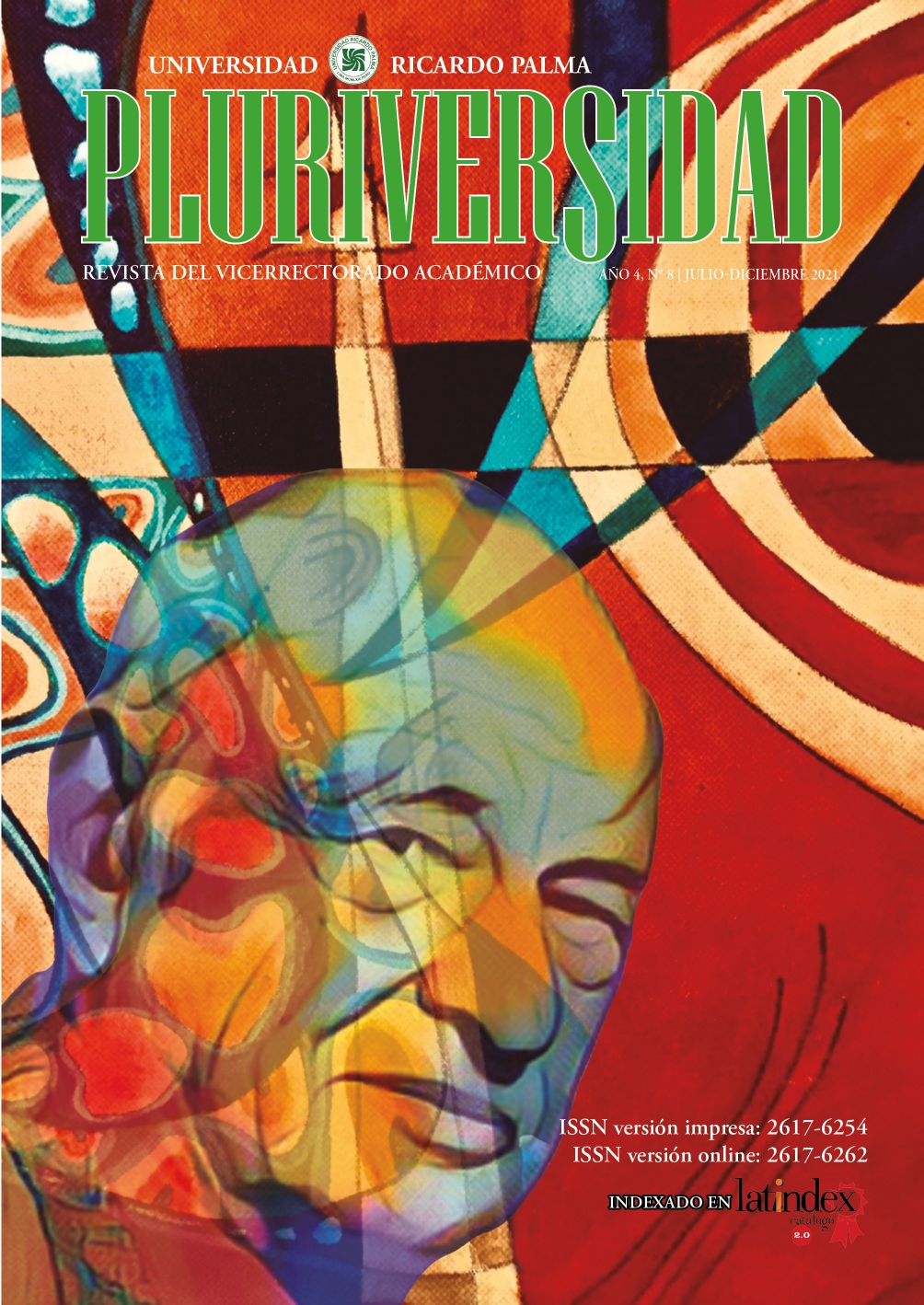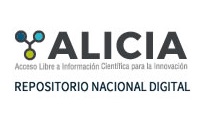Teaching strategies for the inclusion of children with Autism Spectrum Disorder (ASD) in school
DOI:
https://doi.org/10.31381/pluriversidad.v1i8.4584Abstract
The research investigates the inclusive practices that a group of teachers of a public educational institution of the preschool level develop the inclusion of schooling of children with Autism Spectrum Disorder. Currently, Autism Spectrum Disorder is defined as a neurodevelopmental condition that affects the dimensions of communication and social interactions, and manifests itself with restricted patterns of behavior and inflexibility. According to the World Health Organization (2021), this condition affects 1 out of 160 people and has a higher incidence in males than in females. It appears in early childhood, hence the importance of early diagnosis and identification of warning signs by preschool teachers. At the methodology level, the research has a qualitative approach and employs the case study method. The objective was to describe the strategies used by teachers to promote the inclusion of children with Autism Spectrum Disorder at the preschool level. The first findings will be presented, emphasizing the role of the teacher as a bridge for the inclusion of children, the implemented «intuitive strategies», the restricted accompaniment and limited teacher training, the collaboration of families, among others.





